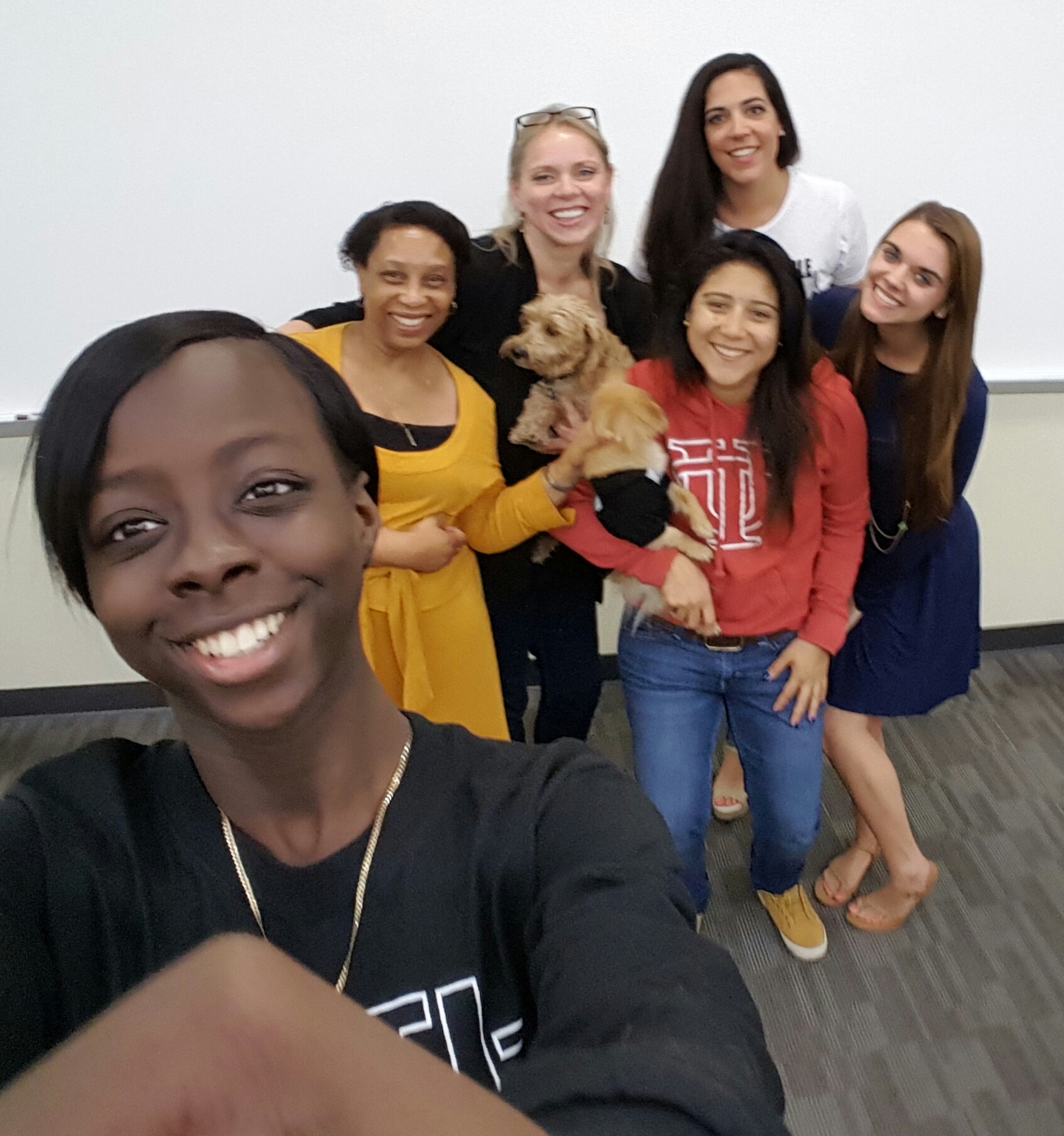
Teaching
Juliet Davis has taught more than 46 course titles since 1991, in face-to-face, online, and hybrid formats. Courses have included digital media, graphic design, web technologies, animation, women and gender studies, visual culture, cultural studies, strategic communication, English Literature, Creative Writing, English Composition, oral communication, journalism, communication campaigns, portfolio development, and others.
Current Courses:
COM 222 Media Aesthetics & Creativity
COM 302 Digital Media & Design for Communication
WST 383 Women’s Studies
MAPC 610 Digital Communication Practice

“Tell me,
what is it you plan to do
with your one wild
and precious life?”
………
–Mary Oliver,
from “The Summer Day”
Philosophy
This morning . . .
This morning my husband points to a TV news story about a little girl who survives a fatal car crash and walks off, barefoot in the snow, to escape. I pull over a chair to watch an interview with the police officer—a pregnant woman—who arrived later on the scene and noticed the baby shoes and tippie-cup in the car and realized that there must be a child somewhere.
It is Tempting to Believe
It is tempting to believe that this child is what was in danger of being ignored. But, in fact, she was chosen, out of thousands of stories, to reach a national news audience, bringing with her messages about what it is to be female, to be lucky, to be mothered, to be saved. As a teacher, perhaps I help students piece together things the detectives miss—how meaning is communicated, beyond fundamental signification, in a variety of media, through a myriad choices, and how power and visuality become related in our lives. Whether we are watching the news, viewing a film, visiting a museum, surfing the Internet, or glancing at 5,000+ ads per day, we are following the scene—the baby’s shoes, the rattle, and the cup—into cultural consciousness.
“That my agency is riven with paradox does not mean it is impossible. It means only that paradox is the condition of its possibility.”
–Judith Butler, Undoing Gender

Making Media
In the process of study, we as media-makers, students, and teachers are also thinking about our own cultural production, what we want to communicate and how—consciously, inclusively, ethically, effectively, experimentally. Teaching media arts, visual culture, and writing, with degrees in both Visual Art and English, as well as a background in strategic communication, I hope students will find new ways to combine technology, art, language, and theory: to work beyond conventional limits, poach other academic domains, push technologies, mutate across knowledges; and in the middle of it all, to discover the individual voice and artistic process—the center with respect to which everything spins out and comes back. It is the only thing we know when we’re sitting at the conference table with a new client or standing behind a camera to shoot a film.
Creating Learning Environments
My work as a teacher is to create an environment that makes this kind of investigation possible. I am intensely interested in the individual and in process, how each student approaches creativity and critical thinking, and how personal experiences shape and reshape worldview and creative/critical practice. I want to create new immersive experiences that help students confront their own preconceptions and shape new perspectives as they read and navigate theories individually and in groups.
The more they share—through their class discussions, journals, discussion boards, etc.—the more we can learn from one another. New immersive experiences we explore as a class then become inspiration for testing ideas—and shaping new ones as foundations for media-making, research, art, writing, journalism. Foucault embarked on his intellectual life’s journeys in epistemology for personal reasons. Each of us has a story to tell, paths of inquiry to explore, passions to tap, unique insights to offer, precisely because we have unique embodied life experiences.
My Challenge
My challenge is to reach all my students individually and guide them to tap their insights. I meet with all my students outside of class individually every semester (in some classes multiple times), because I’ve found nothing can really replace one-on-one mentorship, even if it comes in brief sessions. It is a challenge to make strong personal connections with every student every semester; some bonds become more stirring than others. In the end, I hope students will have transcendent experiences, share life-changing ideas. I hope we will all come to see our worlds differently—and ourselves in it—as we investigate it together.
